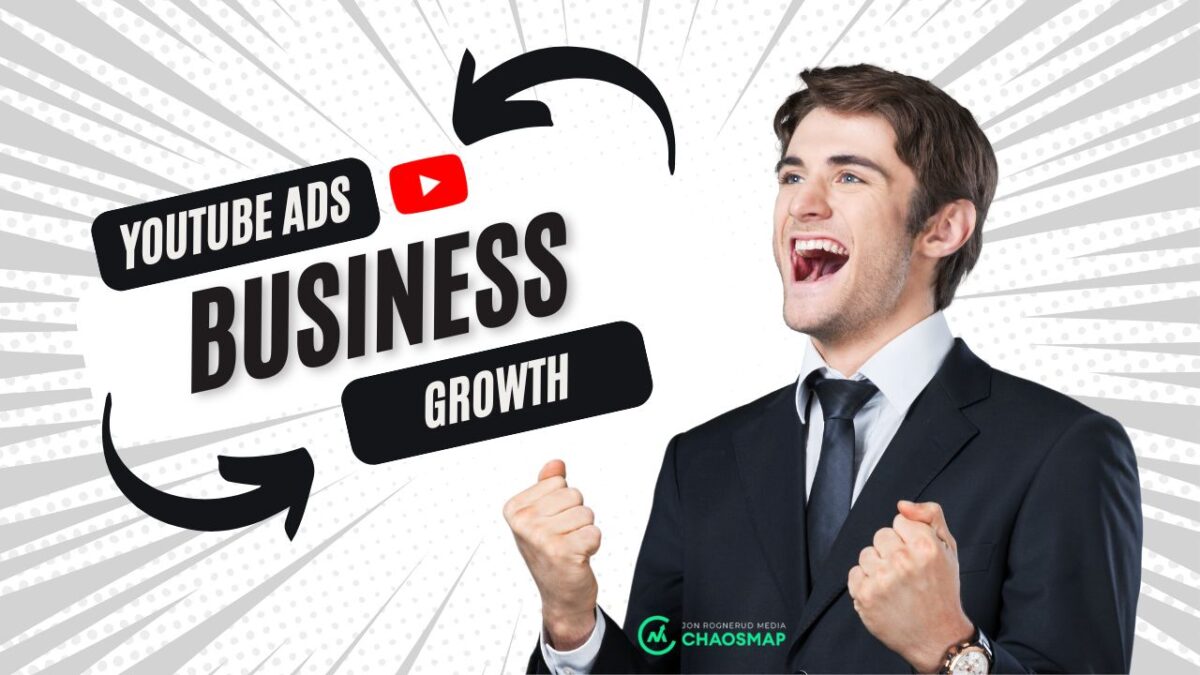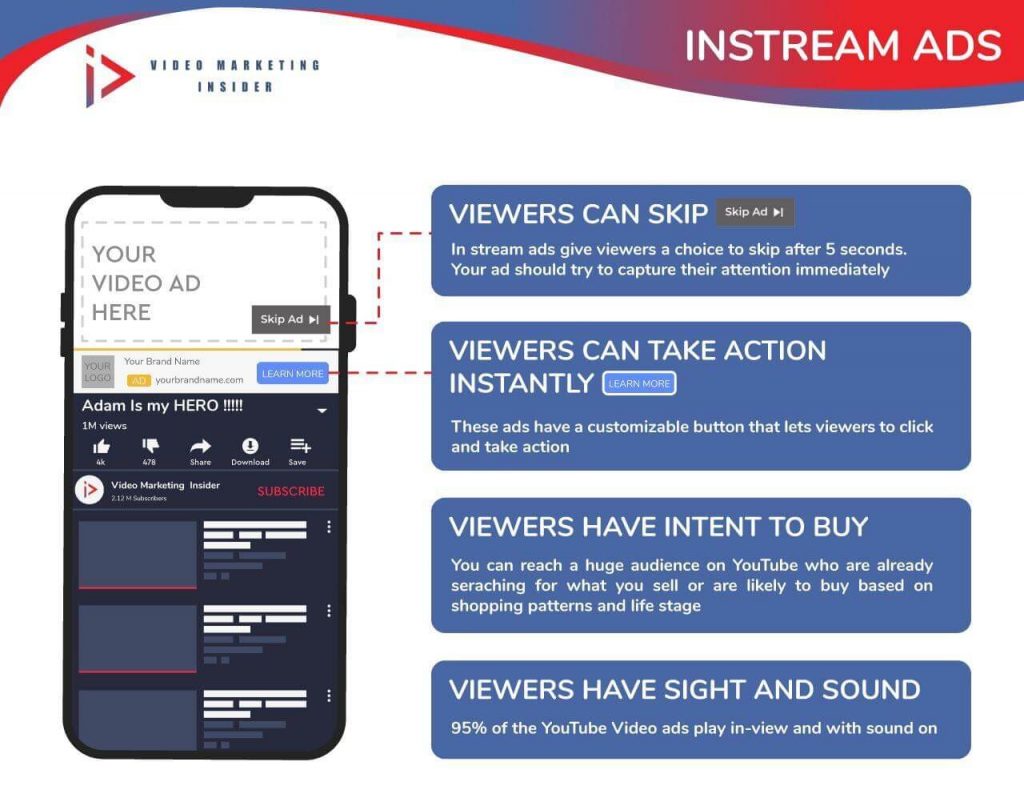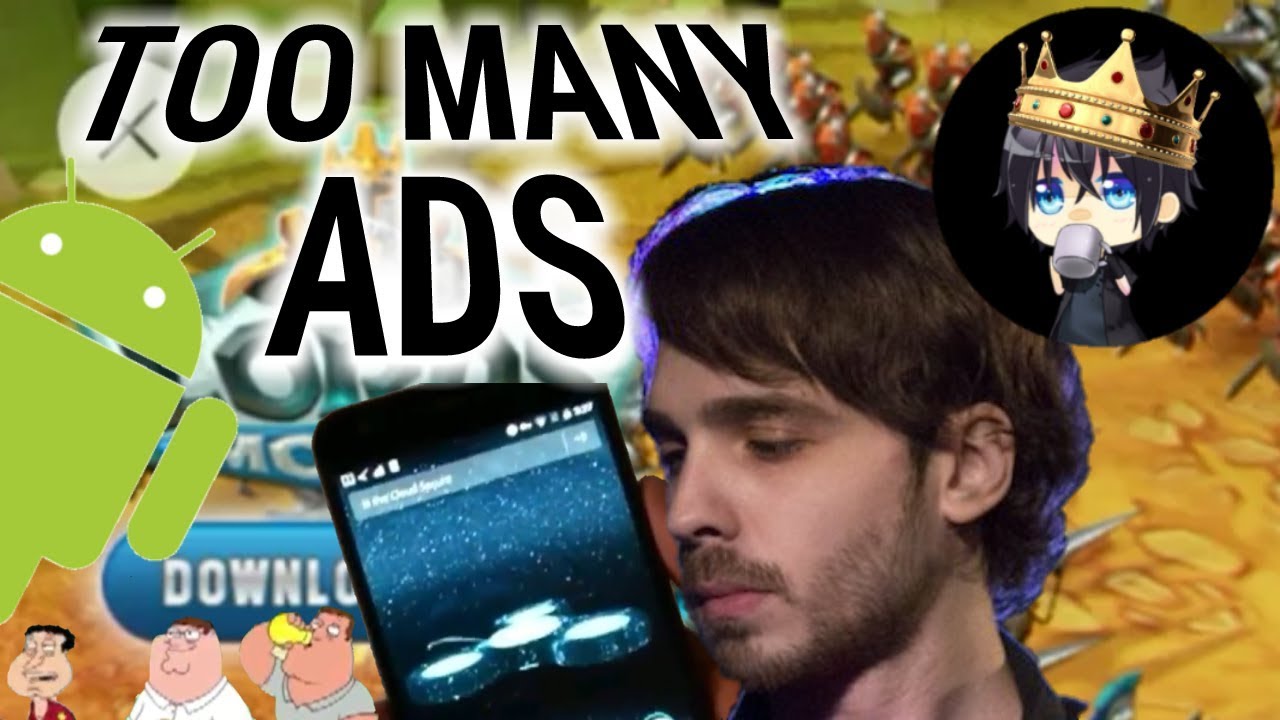YouTube has become a dominant force in the digital landscape, offering an incredible platform for content creators and viewers alike. However, you might have noticed an uptick in the number of ads interrupting your favorite videos. It's hard to ignore, right? But have you ever wondered why this is happening? In this post, we’ll dive into the reasons why YouTube is now serving more ads than ever before. Get cozy, grab your popcorn, and let’s explore the shifts in
The Evolution of YouTube's Advertising Model

YouTube’s advertising model has seen significant transformation since the platform launched back in 2005. Initially, the focus was on user-generated content and viewer engagement, with minimal ads. However, as the platform began to grow in popularity, it needed to monetize its vast array of content and creators to sustain itself.
Here’s a brief timeline of YouTube’s advertising journey:
- 2005-2010: The Early Days
YouTube was mostly ad-free. Limited advertising, primarily through banners and occasional video ads, kept users engaged. - 2010-2015: Introduction of TrueView Ads
In 2010, YouTube introduced TrueView ads, allowing viewers to skip ads after five seconds. This innovation changed the advertising landscape, giving creators a share in ad revenue. It marked the beginning of personalized and targeted advertising. - 2015-2020: The Rise of Sponsored Content
Sponsored content became more prevalent as brands recognized YouTube’s potential. Influencers began collaborating with companies, generating organic ad-like content. - 2020-Present: Increased Focus on Monetization
YouTube ramped up ad placements, introducing non-skippable ads and tighter monetization rules for creators. The COVID-19 pandemic also contributed to a surge in online video consumption, leading to higher demand for ad spots.
This evolution has allowed YouTube to cater to both creators seeking monetization and brands looking for engaging advertising avenues. Today, a blend of skippable ads, display ads, and sponsored content creates a more intricate environment for viewers, which naturally leads to more frequent ad occurrences. So, the next time an ad pops up, remember—it’s all part of how YouTube continues to grow and evolve!
Factors Contributing to the Increase in Ads

Have you noticed the surge in ads on YouTube lately? You're not alone! Several key factors play a role in this trend, and understanding them will give you a clearer picture of why your favorite videos seem to come with more interruptions.
First off, increased competition for ad space is a huge contributor. With more brands jumping onto the video advertising bandwagon, advertisers are eager to secure slots to reach their audience. YouTube, with its massive global reach, has become a prime target for these advertisers.
Another point to consider is the changing algorithms. YouTube continually tweaks its algorithms to boost revenue, and this often means loading more ads onto videos. The platform is motivated not only to enhance user experience but also to maximize its earnings. The fine balance between content and advertising is constantly shifting.
In addition, increased ad formats have emerged. YouTube has expanded its advertising options, with choices ranging from skippable to non-skippable ads, bumper ads, and even sponsored content. This variety offers advertisers more ways to reach viewers, which often translates to more ads appearing during your video binge sessions.
Last but not least, content creators' revenue model plays a significant role. Many YouTubers rely on ad revenue for their livelihoods. As competition for views heats up, they might be incentivized to allow more ads in hopes of earning more income. It’s a cycle that reinforces ad proliferation across the platform!
Impact on Users and Content Creators

The rise in ads on YouTube certainly doesn’t come without consequences—both for viewers and for the creators we admire. Let’s delve into how this shift impacts the user experience and content creation.
For viewers, more ads can mean increased frustration. Many users find themselves begrudgingly tapping the 'Skip Ad' button, or simply adjusting their expectations as they watch their favorite content. While ads help keep the platform free, excessive interruptions can potentially lead to a decrease in user satisfaction and engagement. To put it in perspective:
- *Viewer Retention: High ad frequency may deter viewers from finishing videos.
- Ad Fatigue: Users might develop a negative perception of YouTube’s content due to bombardment with ads.
- Subscription Pressure: Some users may consider subscribing to YouTube Premium to avoid ads altogether.
Now, turning to content creators, the impact is a mixed bag. On one hand, more ads can lead to higher earnings for creators, thus allowing them to invest more into their channels. This often results in better content quality, which viewers appreciate:
- Increased Revenue: More ad placements can boost income, allowing creators to upgrade their resources.
- Content Choices: Some creators may choose to produce more advertisement-friendly content to maximize revenue.
- Community Reaction:* However, frequent ads can lead to backlash from viewers who want more authenticity and less commercialization.
In conclusion, while the increase in ads on YouTube is driven by several factors, it significantly impacts both users and creators—shaping how we consume content and how creators produce it. It’s a delicate balance that continues to evolve!
Strategies for Managing Ads on YouTube
As YouTube continues to grow and evolve, the presence of ads has become increasingly prominent. While ads can sometimes be frustrating, there are several strategies you can employ to manage your ad experience effectively. Here are some tips to help you navigate the world of YouTube advertising:
- Use Ad-Free Options: Consider subscribing to YouTube Premium. This subscription not only removes ads but also grants you access to exclusive content and features like offline viewing. It’s a small investment for an ad-free experience.
- Know When to Watch: Timing matters! Watching videos during off-peak hours might help reduce the frequency of ads, as advertisers often target peak times when more viewers are online.
- Utilize the Skip Option: Many ads on YouTube come with a “Skip Ad” button after a few seconds. When you see this option, don’t hesitate to use it! It saves you time and lets you get to the content you really want to watch.
- Engage with Content Creators: If you enjoy a particular channel, consider supporting them through merchandise or Patreon. This way, content creators can rely less on ad revenue and may choose to minimize ads in their content.
- Provide Feedback: If you find certain ads disruptive or irrelevant, use the feedback options available on YouTube. This input helps improve the ad experience for everyone.
By adopting these strategies, you can navigate the ad landscape on YouTube more effectively, maximizing your enjoyment of the platform while minimizing ad interruptions.
Conclusion
In conclusion, the rise in ads on YouTube is a multi-faceted issue shaped by changing market dynamics, increased competition, and evolving user preferences. Advertisers see YouTube as a prime platform to reach a vast audience, which inevitably leads to more ads being integrated into the viewing experience.
While more ads can be perceived negatively, they also serve essential functions, such as supporting creators and funding the platform. Here are a few key takeaways:
- Growth of Digital Advertising: YouTube's ad experience reflects the broader trend of digital advertising's growth, driven by technology and consumer behavior changes.
- Investment in Content Creation: Increased ad revenue allows creators to produce high-quality content, which benefits viewers in the long run.
- User Choices Matter: Understanding your options, from subscriptions to engagement strategies, can significantly improve how you experience ads.
By recognizing the reasons behind the surge in ads and adapting accordingly, viewers can better manage their YouTube experience. So next time you see an ad, remember, it’s a component of a much larger ecosystem! Happy viewing!










